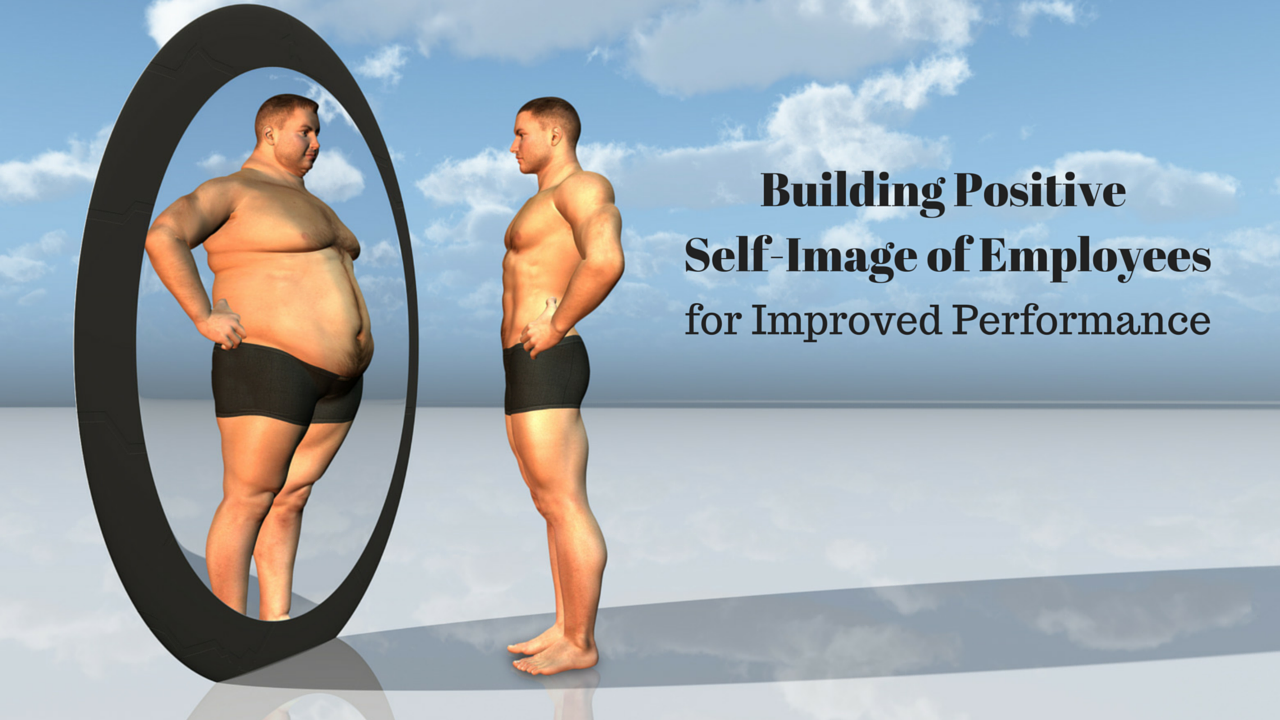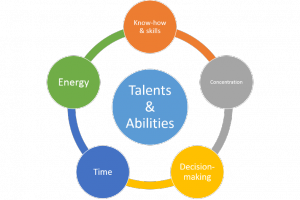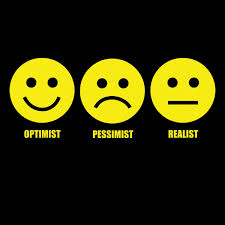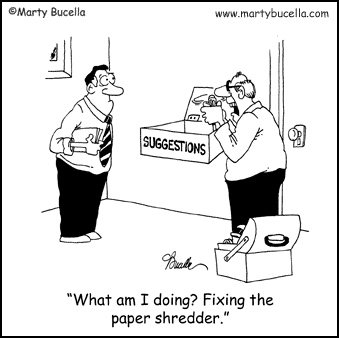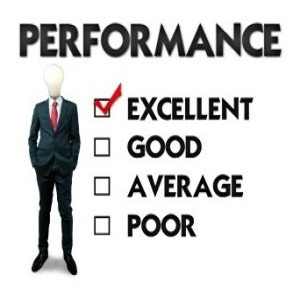 Many companies such as Deloite and Microsoft have moved away from conducting an annual performance review or appraisal. In their evolution as an organization they realize that this is not the best practice to boost employee productivity and morale.
Many companies such as Deloite and Microsoft have moved away from conducting an annual performance review or appraisal. In their evolution as an organization they realize that this is not the best practice to boost employee productivity and morale.
However, many companies still force their managers and employees to do an annual performance review. If you are in the situation, then you have no choice and must go through with it.
Conducting Regular Reviews versus an Annual Performance Review
Many managers and employees dread this meeting and for good reason. If you have not sat down during the preceding months to discuss the performance appraisal criteria, then there is cause for conflict and disagreement.
My recommendation is to take on a coaching style of leadership or management and meet regularly with employees  to discuss their performance. This is effective to:
to discuss their performance. This is effective to:
- Build a relationship based on trust
- Improve mutual understanding
- Clarify expectations
- Identify and remove roadblocks to performance
- Give feedback about performance, both positive and negative
- Increase employee motivation and engagement
- Set goals for improvement
- Identify training and development needs
If you have a monthly or minimum quarterly performance review and discussion with employees, the annual review will be easy. You will both be on the same page. If you are forced to use a rating scale with pre-established performance criteria, you want to include that in the regular review meeting.
A coach is interested in developing the staff member and this takes building a trusting relationship and meeting one-on-one regularly.
Employee Performance Evaluation Criteria
It’s important to establish employee performance criteria that is relative o the job and the expected performance results. Some companies use pre-established criteria that is quite general. This is not very effective in conducting a meaningful performance evaluation and discussion.
Rather than use suggested employee performance criteria from an article or software I suggest using a job description. My free job description template provides a section to establish employee performance standards. By meeting the employee regularly, you can update these standards based on the current situation.
Mutual Performance Evaluation
You might also want to have the employee evaluate you as the manager. Some annual review systems incorporate such an approach. You can do this by asking the employee to express their satisfaction with the level of support you are providing. I’ll get more into this in future articles and videos so subscribe now to get notified.
Summary
To avoid misunderstanding, disagreements and possible conflicts meet regularly with employees to discuss and review their performance. Take on a coaching style of leadership and take interest in developing the employee. Show you care and build a trusting relationship. An employee performance review should be a positive experience for all and another opportunity to contribute to ongoing employee development.
